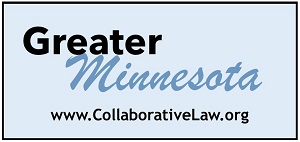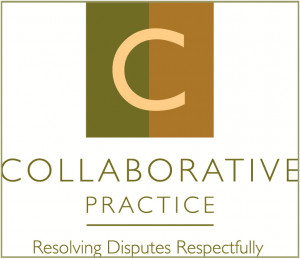In recent years, how we handle many of life’s pivotal moments, including the sensitive divorce process, has shifted dramatically. The introduction of tools like Zoom into the collaborative divorce process has transformed how meetings are conducted and brought many benefits to clients. Let’s explore how this technological shift has significantly impacted clients through the lens of hypothetical client experiences.
The Time-Saver
Meet Sarah and John, who decided to part ways after a decade of marriage. With demanding careers and a busy family life, finding time for numerous meetings took a lot of work. The adoption of Zoom for their collaborative divorce process was a game-changer. They could attend sessions from the comfort of their home, saving valuable time otherwise spent traveling to and from meetings. This convenience allowed them to approach each session with a clearer mind, focusing on the matters at hand rather than the stress of commuting.
The Comfort of Distance
Then there’s the story of Emma and Alex. Sitting next to each other in a professional office would heighten their emotional stress, making productive communication challenging. Zoom provided a much-needed physical buffer. By attending sessions from separate locations, they found themselves more relaxed and able to communicate effectively. This emotional comfort translated into a more focused approach to resolving their issues.
Access to Specialized Professionals
Consider the case of Mia and Carlos. They had specific needs: Mia wanted a financial expert, while Carlos sought guidance on parenting plans. Previously, they were restricted to professionals in their immediate area. Zoom opened up a state-wide pool of experts. They were able to engage with a financial advisor from the suburbs and a parenting expert from St. Paul, each bringing specialized knowledge to the table.
The Long-Distance Couple
Finally, there’s Rachel and Tom, who were already living in different cities when they decided to divorce. For them, arranging in-person meetings was nearly impossible. Zoom made it feasible for them to engage in the collaborative process without the need for travel. This was particularly beneficial for Tom, who also frequently traveled for work and could join the sessions from anywhere, ensuring continuity in their proceedings.
The Bigger Picture
These stories highlight the flexibility and accessibility that Zoom has brought to the collaborative divorce process. Clients are no longer bound by geographical limitations or the constraints of traditional office hours. The comfort of attending from a familiar environment reduces stress, allowing for more productive discussions. The physical separation provided by virtual meetings can lower emotional intensity, fostering a more amicable environment for negotiation.
Moreover, this shift isn’t just beneficial for the clients. Professionals, too, have found that they can offer their services more broadly, reaching clients they wouldn’t have otherwise. It’s a win-win situation where expertise is now unrestricted by location.
Integrating Zoom meetings into the collaborative divorce process is more than a response to a world increasingly reliant on digital solutions. It’s a thoughtful adaptation to the needs of those going through one of life’s most challenging transitions, offering a sense of control, comfort, and accessibility that was previously hard to achieve with in-person meetings. As technologies continue to improve, it’s exciting to see how our ways of meeting with clients will continue to evolve.
 Carl Arnold is an experienced family law attorney and mediator. He currently focuses his practice on Family Law Mediation and Collaborative Divorce. His office is in Northfield, Minnesota and he works with people from all over the state using Zoom. Carl has been a long-time member of the Collaborative Law Institute of Minnesota.
Carl Arnold is an experienced family law attorney and mediator. He currently focuses his practice on Family Law Mediation and Collaborative Divorce. His office is in Northfield, Minnesota and he works with people from all over the state using Zoom. Carl has been a long-time member of the Collaborative Law Institute of Minnesota.
Arnold Law and Mediation LLC
Attorney/Mediator
507-786-9999
carl@arnoldlawmediation.com
www.arnoldlawmediation.com












